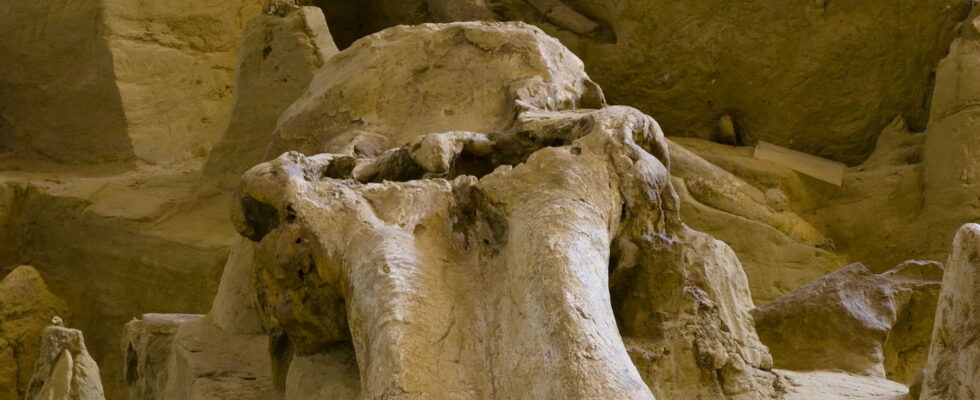Curious bones in Greece caused confusion when they were discovered: what if they were the remains of Cyclops?
The heritage of Greece makes this Mediterranean country one of the most interesting for historians and archaeologists. It is also often considered the cradle of modern civilization. This country is also a land of intellectuals which has seen a succession of eminent writers. One of the most emblematic is the poet Homer, author of the famous stories of the Illiad and the Odyssey. These epics put many mythological creatures in the path of its heroes. For example, one of the creatures of Greek mythology is the Cyclops, this giant being with a single eye in the middle of its forehead. Like the one Ulysses encounters in Sicily in Homer’s Odyssey.
The discovery of curious bones in Sicily could explain the origin of the Greek myth of the Cyclops. Generally speaking, it is very likely that mythological creatures come from the discovery of bones that the populations of the time did not have the means to explain. Visitors to ancient Sicily probably found themselves in caves where ancient elephant bones lay, whose skull skeletons show a cavity where the animal’s trunk was located. It is very likely that the myth of a one-eyed, man-eating creature was born from these discoveries.
As Adrienne Mayor, researcher at Stanford University, explains to the journal Discover, “when you look at the skull of an elephant in a natural history museum you can see that the orbits are negligible, you don’t even notice them.” She adds: “What we notice is the gigantic hole in the middle of the skull which looks like a single eye.” The discovery of this bone would therefore have participated in the creation of ancestral myths and the beliefs and legends of an entire people: a real cultural revolution shaking up their world.
Similarly, the bones of now extinct creatures such as mammoths and other megafauna fossils participated in the creation of the Neads in the imagination of ancient Greece. According to legend, these gigantic creatures lived on the island of Samos when it was still uninhabited and possessed the particularity of producing cries so powerful that they caused earthquakes.
As Adrienne Mayor points out, it could be that the bones discovered confirmed already existing beliefs. “I think the Greeks used a combination of rationality and imagination – the same way paleontologists do when trying to bring to life the remains of an unknown creature that they will never see alive – and tried to imagine his appearance, his behavior and his behavior.
